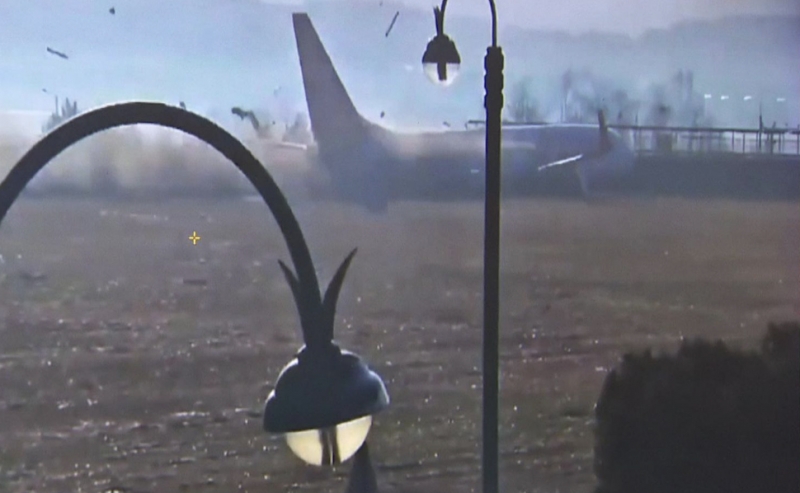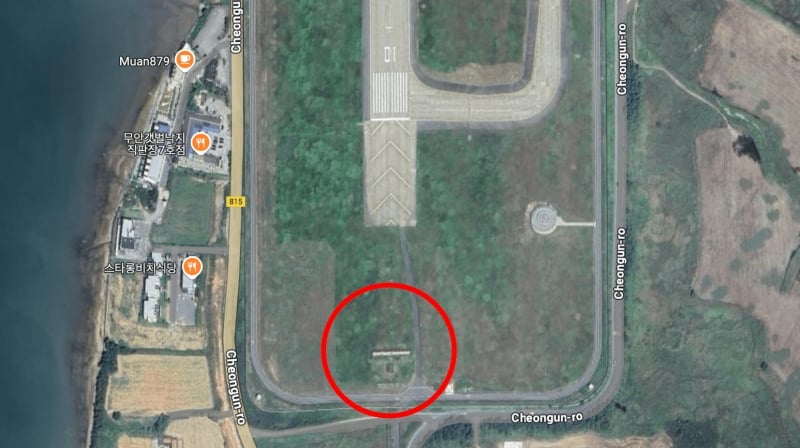In the wake of the tragic Jeju Air crash at Muan International Airport on 29 Dec, aviation experts and the public have reacted to a shocking oversight that one expert even described as ‘verging on criminal.’ The plane’s collision with a concrete wall, a fixed structure at the end of the runway, led to the loss of 179 lives, making it South Korea’s worst aviation disaster.
Also read: Jeju Air Crash in South Korea: 179 Lives Confirmed Lost, 2 Survivors Confirmed
The Disaster: A Preventable Tragedy?

Image credit: Lee Geun Young
The Jeju Air flight was already in distress before it landed. Witnesses reported a large flock of birds near the runway, which prompted the control tower to warn the pilot of a potential bird strike. Shortly afterward, the plane sent out a mayday signal.
During its second landing attempt at 9.03 am, the aircraft touched down without deploying its landing gear. Remarkably, the pilot managed to control the plane’s high-speed slide along the runway, offering passengers a glimmer of hope. However, that hope vanished when the plane struck the concrete wall at the end of the runway, shattering the aircraft and leaving only two survivors.
The Concrete Wall: Why Was It There?

The circled area shows the location of the concrete wall at Muan International Airport in relation to the runway.
The wall supported an instrument landing system designed to assist pilots in low-visibility conditions. In contrast to most airports, where such systems mount on collapsible structures, Muan International Airport’s system anchored to a solid concrete barrier.
Aviation expert David Learmount did not mince words in his criticism. “Not only is there no justification for its presence,” he said in a statement to Sky News, “it’s verging on criminal”. He further argued that the wall directly caused the catastrophic loss of life. Without the wall, the plane could have breached the perimeter fence and come to rest in a nearby field, likely saving everyone on board.
Moreover, satellite imagery revealed the wall’s long-standing presence just 200 metres from the perimeter fence. Learmount described the setup as “unbelievably awful” and unprecedented in modern airport design.
The Transport Ministry’s Response
Muan International Airport, a busy regional hub since its opening in 2007, operates under the state-owned Korea Airports Corporation. Consequently, the crash has put the airport’s safety standards under intense scrutiny.
Deputy Transport Minister Joo Jong-wan defended the wall, stating that it followed industry standards and that the runway’s length of 2,800 metres sufficed. However, these explanations have done little to quell public outrage or address the glaring safety oversight.
Lessons from Jeju Air’s Tragedy
This devastating event underscores the importance of prioritising safety in airport design and operations. Authorities should never have placed fixed structures like the concrete wall at Muan International Airport in such a hazardous location. On the other hand, collapsible systems, widely used at other airports, have proven to be life-saving measures.
Incidents like the Jeju Air crash highlight the need for continual vigilance and improvement. By learning from these mistakes, the aviation industry can implement stronger safety protocols to prevent similar tragedies in the future.
Our hearts go out to the victims and their families. May this disaster serve as a stark reminder and a catalyst for change, ensuring safer skies for all.
Facebook featured image credit (L-R): Lee Geun Young; Google Maps





